The fashion industry is undergoing a quiet revolution. As we approach 2025, a growing number of consumers are turning away from fast fashion's relentless churn of disposable clothing in favor of building smaller, more intentional wardrobes. This shift toward "slow fashion" reflects deeper changes in consumer values - a desire for sustainability, quality, and personal style that transcends seasonal trends.
What's driving this transformation isn't simply environmental concern, though that plays a significant role. The modern consumer has become disillusioned with overflowing closets stuffed with poorly made garments that lose their shape after three washes. There's a growing recognition that true style doesn't come from quantity, but from carefully selected pieces that stand the test of time both in durability and design.
The psychology behind wardrobe minimalism reveals fascinating insights. Many who have adopted the "less but better" approach report feeling less decision fatigue in their morning routines and greater confidence in their personal style. When every item in your closet is something you truly love and that fits perfectly, getting dressed becomes simpler and more enjoyable. This emotional satisfaction is proving more valuable than the temporary thrill of constant new purchases.
Quality over quantity has become the mantra for these discerning shoppers. They're willing to invest more in a single well-crafted garment that will last for years rather than buying multiple cheap alternatives. This doesn't necessarily mean spending more overall - when calculated on a cost-per-wear basis, these premium pieces often prove more economical in the long run. A $300 coat worn 150 times over five years costs just $2 per wear, while five $60 coats worn 30 times each (and then discarded) cost the same per wear but create more waste.
Technology is playing an unexpected role in this slow fashion movement. Advanced fabric innovations mean natural fibers can now offer performance characteristics once exclusive to synthetics - merino wool that resists odors through multiple wears, silk blends with unprecedented durability. Meanwhile, digital wardrobe apps help users track what they own, create outfits, and identify gaps in their collections, making intentional shopping easier.
The pandemic's lasting impact on work attire has accelerated this trend. With hybrid work arrangements becoming permanent for many professionals, the need for expansive work wardrobes has diminished. People are prioritizing versatile pieces that transition seamlessly from video calls to in-person meetings to weekend activities. This practical consideration dovetails perfectly with the slow fashion ethos.
Social media influencers who once promoted constant outfit changes are now championing capsule wardrobes and "wear everything you own" challenges. The aesthetic has shifted from showcasing new purchases to demonstrating creative styling of existing pieces. This represents a fundamental change in how fashion is consumed digitally - less about aspiration through acquisition, more about inspiration through utilization.
Retailers are taking notice. Forward-thinking brands are introducing lifetime repair guarantees, buy-back programs for used items, and transparent pricing that explains why certain pieces cost more. Some are even experimenting with wardrobe consultation services to help customers build cohesive collections rather than making impulse purchases. The most successful will be those that align with consumers' growing preference for mindful consumption.
This movement isn't without its challenges. The fashion industry has trained consumers for decades to expect constant novelty at low prices. Breaking that cycle requires reeducation about true cost and value. There's also the accessibility issue - while slow fashion principles can be applied at any budget, the initial investment in quality pieces can be prohibitive for some. Creative solutions like clothing rentals for special occasions or community swap events help bridge this gap.
Looking ahead to 2025, we can expect this trend to deepen. As consumers become more knowledgeable about materials and manufacturing processes, their standards will continue rising. The most successful brands will be those that can combine ethical production with timeless design and educate consumers about the long-term value of their purchases. In this new era, fashion isn't about keeping up - it's about cultivating personal style that endures.
The rise of slow fashion represents more than just a change in shopping habits. It reflects a broader cultural shift toward intentional living and rejecting disposable consumerism. In a world overwhelmed with choices and clutter, the "less but better" philosophy offers a refreshing alternative that aligns with both personal values and practical needs. As this movement grows, it has the potential to reshape not just our wardrobes, but our relationship with consumption altogether.
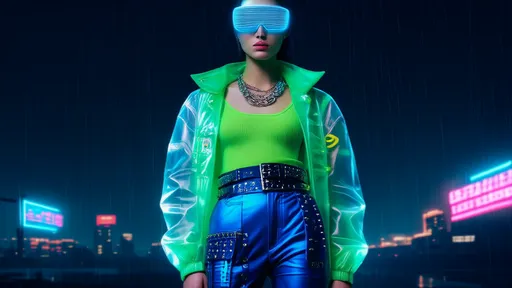
By /Aug 15, 2025

By /Aug 15, 2025
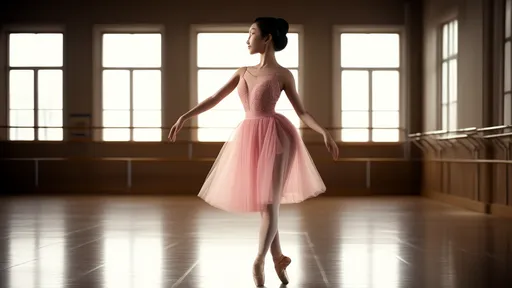
By /Aug 15, 2025
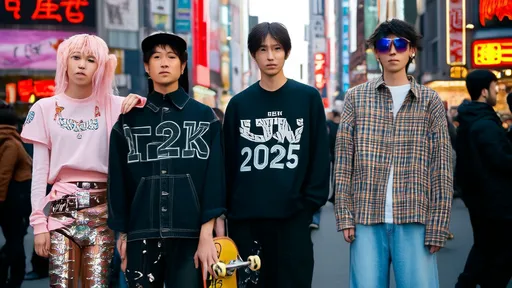
By /Aug 15, 2025
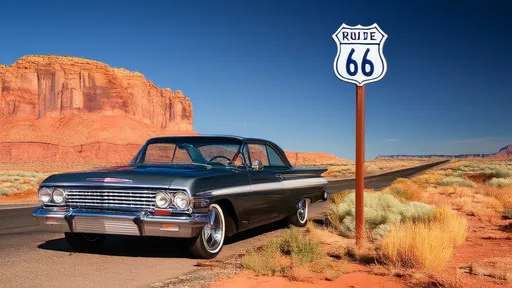
By /Aug 15, 2025

By /Aug 15, 2025
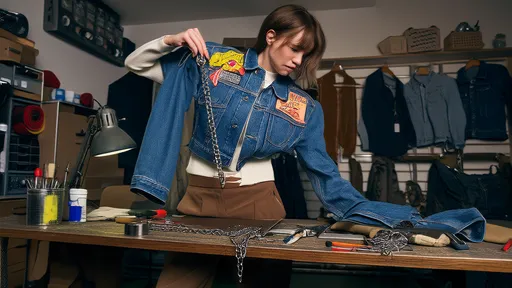
By /Aug 15, 2025

By /Aug 15, 2025
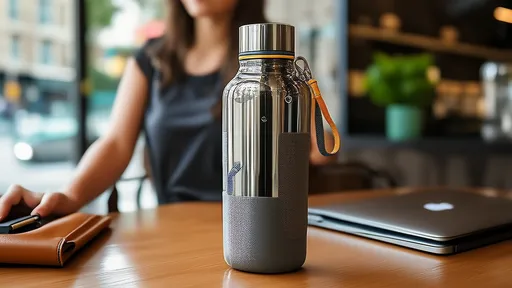
By /Aug 15, 2025
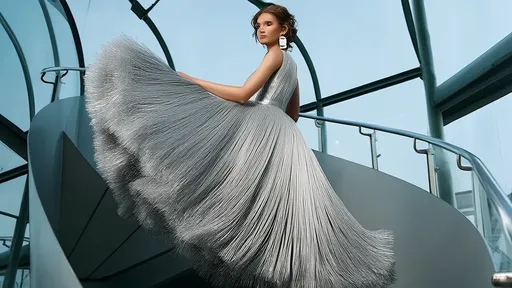
By /Aug 15, 2025
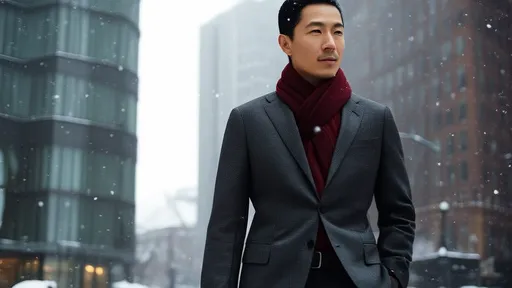
By /Aug 15, 2025

By /Aug 15, 2025
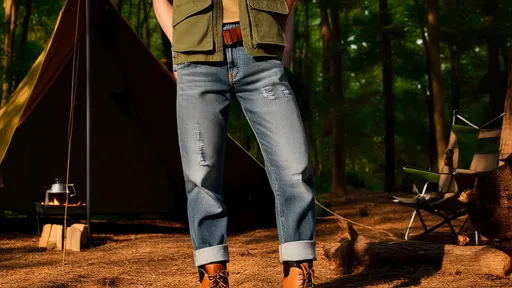
By /Aug 15, 2025

By /Aug 15, 2025
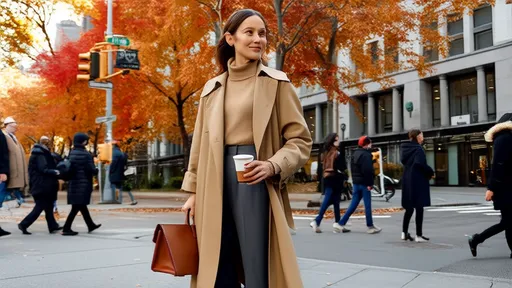
By /Aug 15, 2025

By /Aug 15, 2025
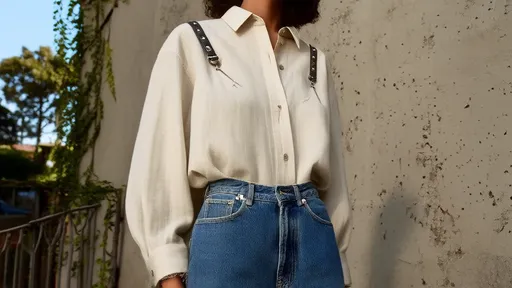
By /Aug 15, 2025
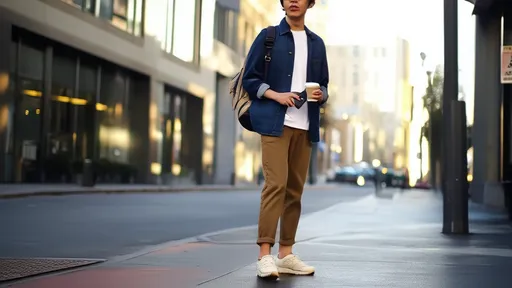
By /Aug 15, 2025
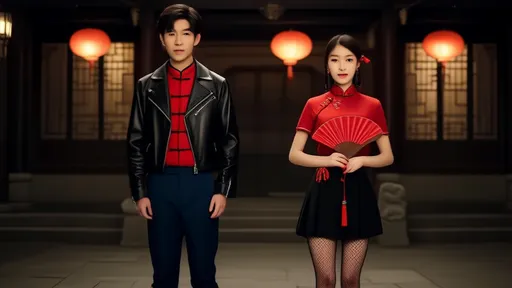
By /Aug 15, 2025
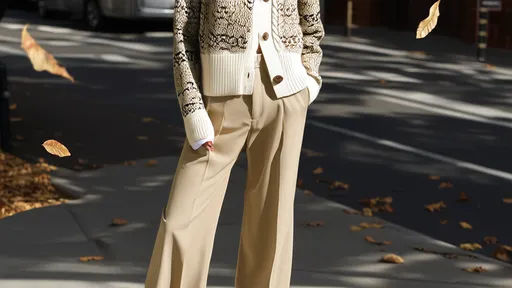
By /Aug 15, 2025